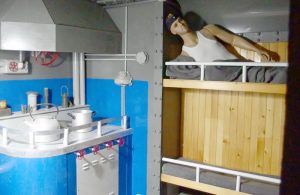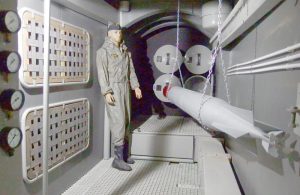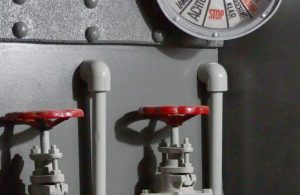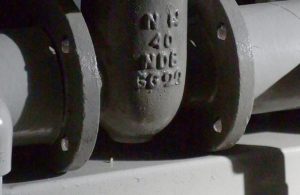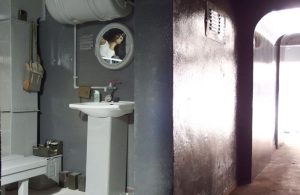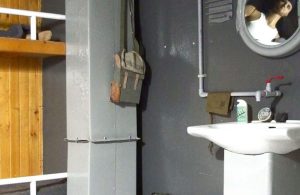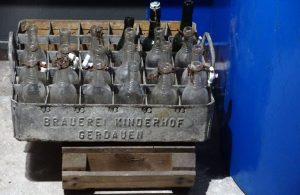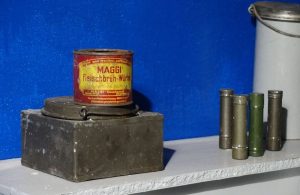U-BOOT and Wunderwaffe
U-Boot. Exhibition of the Masurian Canal.
The route includes a tour of a submarine replica (25 m long, to which enter the whole group) from the legend about the Masurian Canal

Wunderwaffe, secret weapons of the third Reich
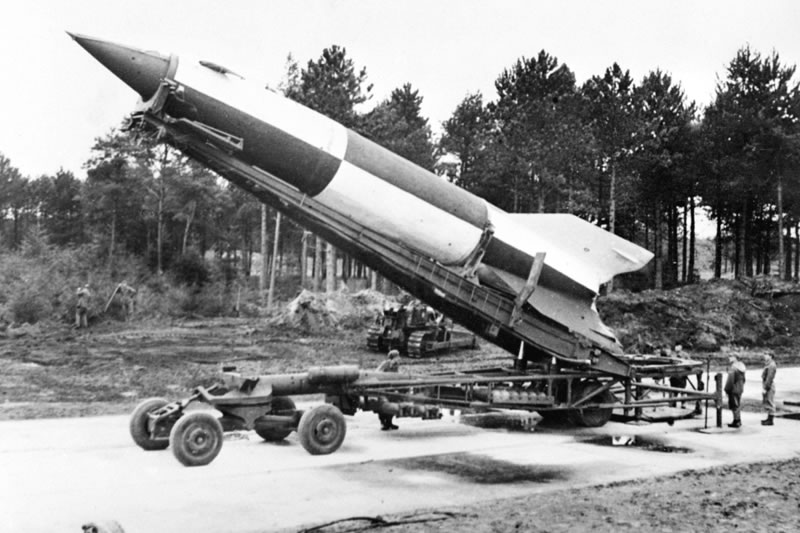
V2 Rocket
The first in history structurally successful ballistic missile, constructed by a team of German designers under the direction of Wernher von Braun in time of WW2.

Horten Ho 229
German assault, combat aircraft, a type of the flying wing. It was the first in the world jet plane with a structure of the flying wing. Ho 229 demonstrated 40% effective surface reflectance in comparison to a typicalWW2 fighter, was the first aircraft made in stealth technology.
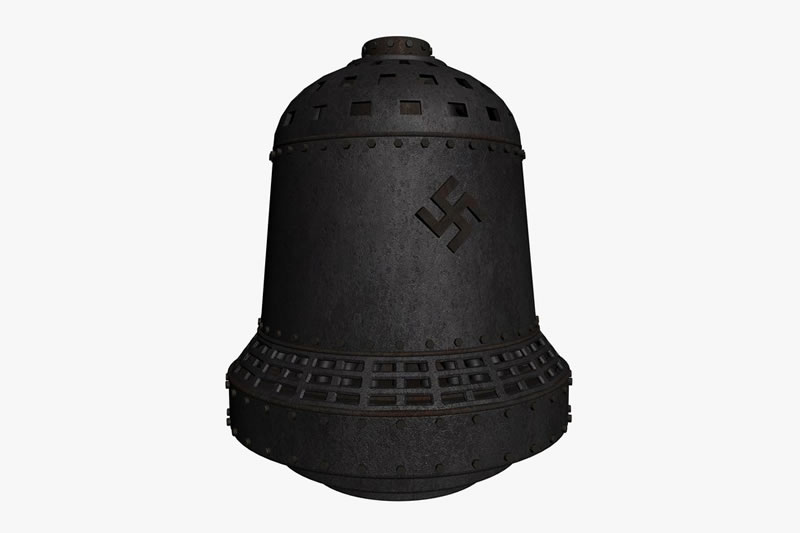
Die Glocke
The Bell, according to some researchers, was supposed to be a prototype of a machine for controlling magnetic field and gravitation, enabling a journey in time. Die Glocke, devised by researchers appointed by Hitler, had the shape of a bell and contained two boxes filled with substance called Xerum 525 resembling mercury. The bell was 2.7 m wide and 4.5 m high.
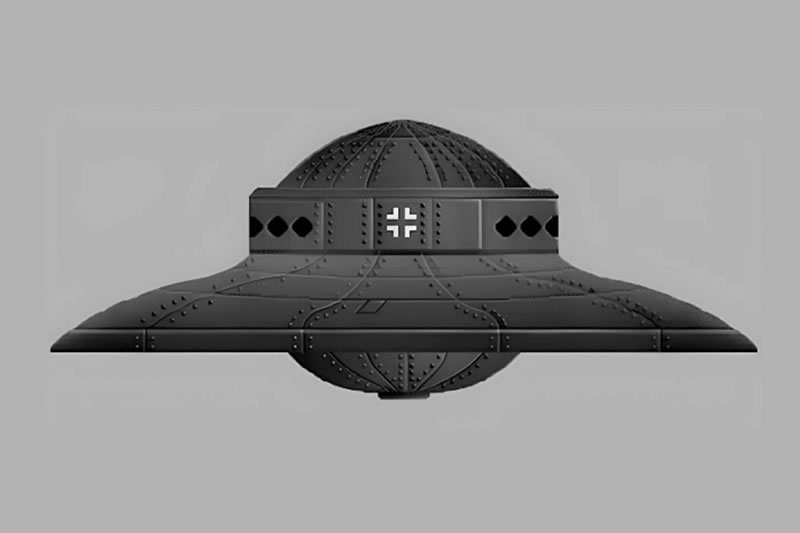
Haunebu III
A flying vehicle in the shape of the disc, a secret weapon of the Third Reich (Wunderwaffe). The technology it was based on, had been developed from the second half of the thirties to the end of WW2 in 1945. Haunebu is the name of one of the versions of vehicle based on antigravity drive.
Mazurian Canal
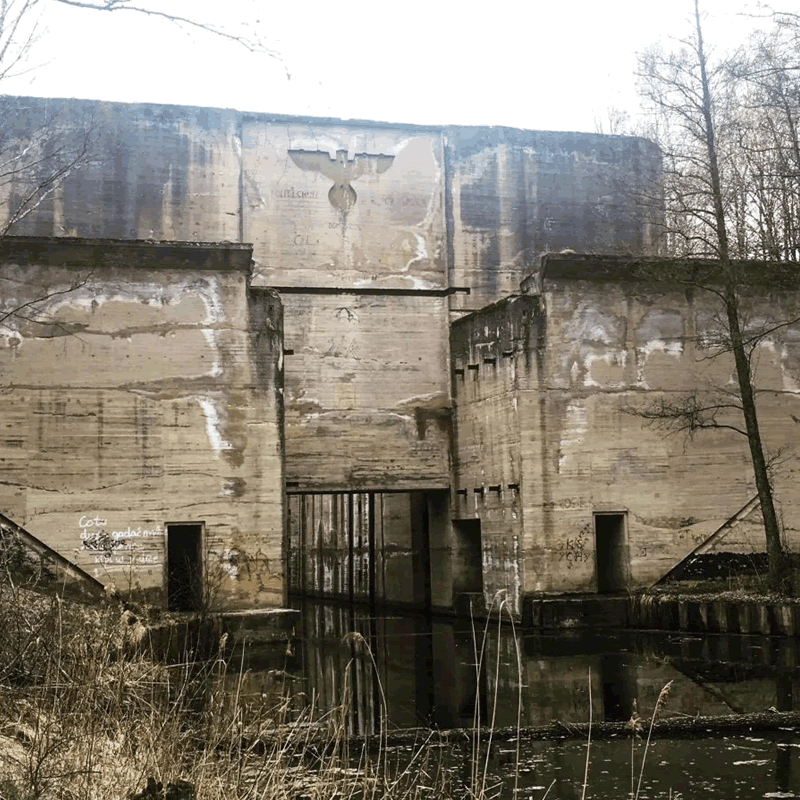
Mazurian Canal, never completed, was to connect Mazurian Lakes with the Pregola River so as to get a waterway to the Baltic Sea. The construction of the canal was begun in 1911 and first time was stopped by WW1. The second stage of the construction, vigorously carried out from 1934 was interrupted by WW2, after the war the construction was never resumed.
Shelters nr 11 and 12 have such large sizes (21×13 m) that for years have been recognized as secret factory halls for manufacturing U-Boots, which then were to be transported via the lock in Lesniewo to the Baltic Sea. That is how the legend of U-Boots in Mamerki was founded.
Walking along Mazurian Canal, construction work of beavers can be admired, as they build their dams. After 4 km we reach a huge lock in Lesniewo Górne, which is 21m high, 7.5 m wide and 46m long. The construction of the loch is almost completed, yet it was never reached by the canal.
The Canal was designed for ships up to 240 tons, the route is in artificial trenches or earthen embankments. Ten huge locks were built to overcome the level difference of 111 m between the river Lyna and Mamry lake, five of them are on Polish territory.


